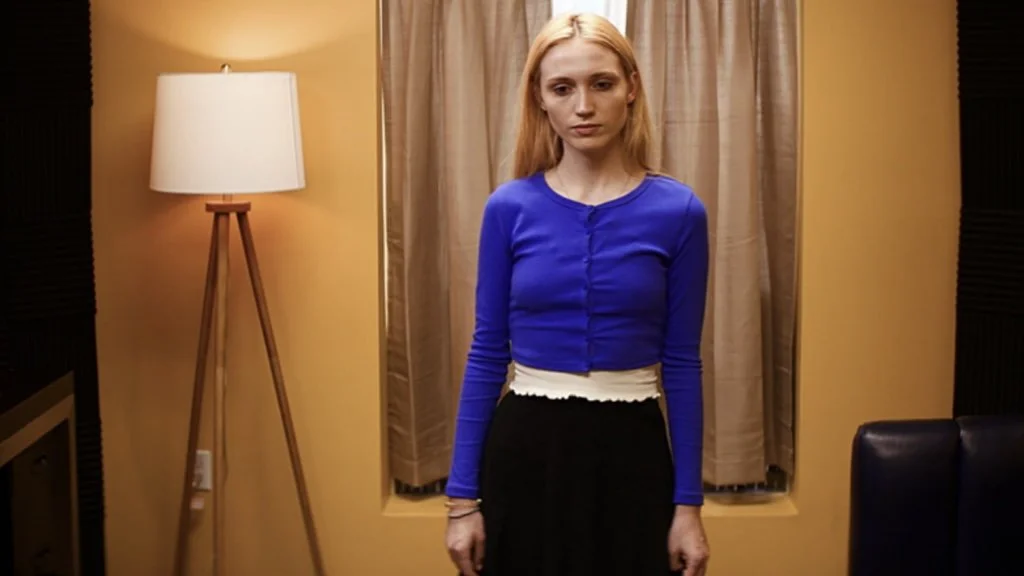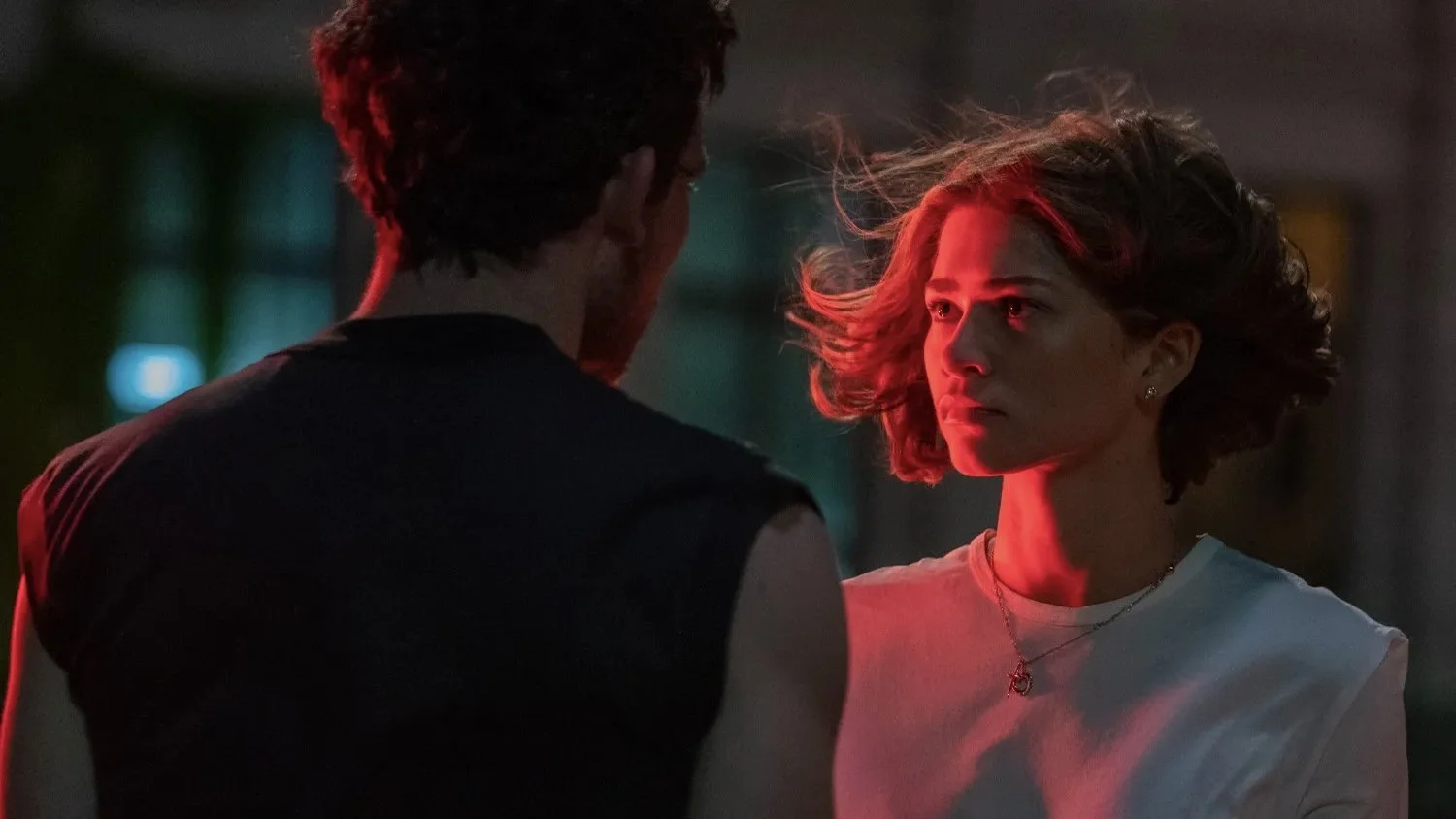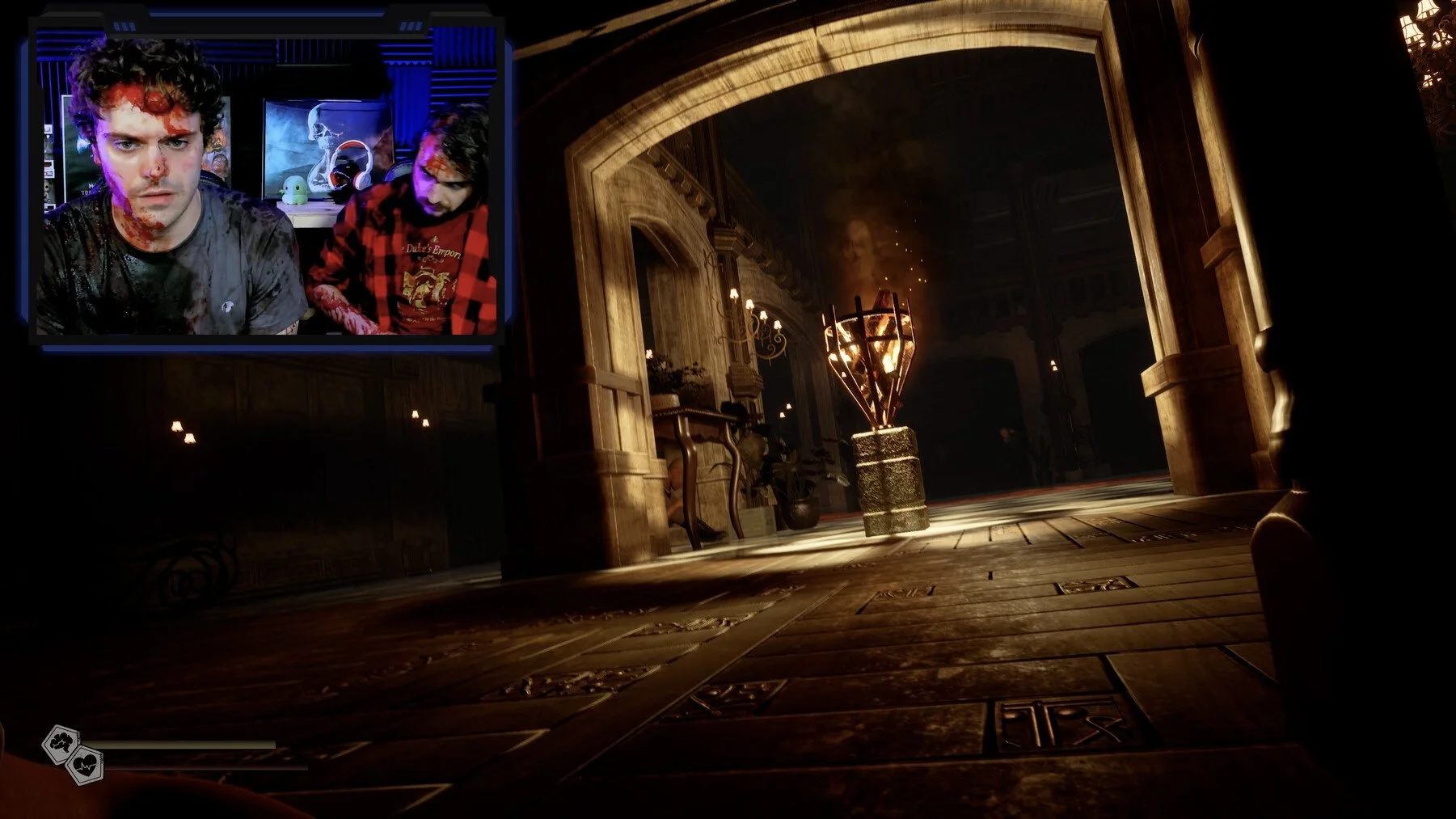Salem Horror Fest: Review — "Young Blondes, Stalked and Murdered"
“The director really liked me. He said, um, I had this sad, like, affected quality.”
“That’s great.”
“Yeah.”
Toward the end of Young Blondes, Stalked and Murdered, Nick Funess’ unsettling debut, it finally hit me what the film reminded me of. Last year, I discovered a bizarre little gem on Shudder called Identikit, an English-language psycho-sexual Italian drama from the 70s. It stars Liz Taylor as a mentally unwell woman on a downward spiral who travels to Rome in search of a man—the right man—to brutally murder her. (If you’re not sold on that premise alone, then we simply cannot be friends!) I don’t know if Identikit was on Funess’ mood board when he was mapping out Young Blondes, Stalked and Murdered—and I don’t mean to imply that the two films are twins, per se—but the pair would at the very least make fascinating companion pieces.
Young Blondes, Stalked and Murdered centers on Stacy, an aspiring actress, played by Samantha Carroll. Like Liz Taylor’s Lise in Identikit, Stacy is navigating a pitiless world, only Stacy’s Rome is Hollywood. And instead of going from man to man, she goes from screen test to screen test, where she’s told repeatedly that she’s not quite right, not exactly what anyone’s looking for. It’s one of the harsh realities of that line of work. Talent is maybe the third- or fourth-most important key to an actor’s success, unfortunately; image, proximity, and plain ol’ luck play huge roles, too, of course. If you think about it, there’s something almost auto-sadistic about showing up to casting calls every day just to be rejected again and again for reasons that may be completely out of your hands.
Looming in the background of Stacy’s ostensibly futile struggle to make it as an actress is a serial killer targeting young blonde actresses in the dead of night. A friend of Stacy’s tells her about a wannabe starlet who was supposedly found on the beach with her face ripped off. According to rumor, the guy sets up auditions to lure pretty women in, then tails and kills the ones he likes most—the ones he has “cast”, in a sense. This revelation cracks open the film’s examination into the idea of interpersonal selection—and the criteria that amount to being someone else’s choice, let’s say.
It occurred to me at one point during the film that casting notices are somewhat akin to serial killer MOs. Ask any casual true crime buff who Ted Bundy killed. “Young white brunettes with their hair parted down the middle.” He had a type, evidently. Did all his victims fit that mould? Perhaps not. But that’s what people know about him, that the dude had a thing for hair. So too do casting directors, apparently, among other things. Stacy’s hair is brought up on more than one occasion—that she’s technically strawberry blonde, not blonde-blonde. It’s often uttered with disappointment, as if hair color isn’t easily altered. But people who base their decision-making on superficial characteristics are bound to be easily swayed, one way or another.
The story unfolds in a series of vignettes and interludes, with Stacy as the anchor. Samantha Carroll’s careful performance holds everything together. As Stacy, Carroll embodies a grounded-yet-otherworldly quality that suits the film’s disconcerting vibe. While some viewers may find the seemingly choppy nature of the film’s assembly off-putting, I find it engrossing and indicative of Stacy’s mental state. In between cuts, director Nick Funess displays a penchant for composition. His frames are windows into Stacy’s soul and thereby a means of elevating Carroll’s performance.
The scene in which Carroll and Funess are at the height of their powers is one where Stacy goes to a director’s house to read for him. We know his name is Sacha and that he and Stacy have a mutual acquaintance, but throughout the scene, which lasts several minutes, we never really get a good view of Sacha’s face, deliberately. As Sacha leads Stacy through a series of acting exercises, Funess manages to either frame him out entirely, or only show him from behind, or place him a tad beyond the camera’s depth of field. The technique of quasi-anonymizing Sacha works to underline the potential danger and assures that Stacy remain the focal point. Could he be the killer? Is she about to become the next victim?
As a side note, props to actor Zachary Grant, who plays Sacha. He delivers quite a commanding performance, considering we hardly even see him on screen. His voice work is that arresting. Plus, there is a specificity to what body language and blocking we do get of him. Sacha could easily be the serial killer, or he could merely be a prickly artist type.
Regardless, Stacy keeps putting herself in these situations knowing what could happen. Is she really that desperate to be a star? (Well, yes.) Or does she just want to be… chosen, in whatever way she can be? (Also yes, I think.) This line of thinking is how my mind linked Young Blondes, Stalked and Murdered with Identikit: two films, sorta related in aura, about forlorn women with deteriorating psyches whose main desire is to transcend, so to speak, at the hands of another… Because, as another friend of Stacy’s morbidly suggests, at the thought of being killed by the actress killer, it’s “kinda flattering, if he chooses you,” right?


